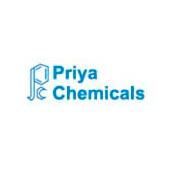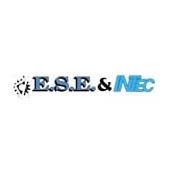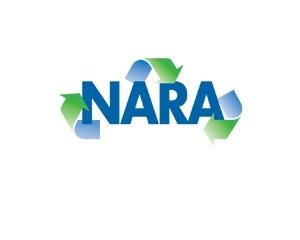Check out what is new in Animal Feed
Find the best technical articles, forums, and videos on Animal Feed at Engormix. Enter now and interact with the world's largest agricultural social network.
Farm Foundation is excited to announce the recipients of the 2024 Farm Foundation Awards. Farm Foundation’s annual awards program recognizes those who exemplify our mission and values. There are two lifetime achievement awards and two innovator awards.
The four award...
Comments : 0
Recommendations: 0
INTRODUCTION Maize (Zea mays L.) is a staple food in many parts of the world including sub-Saharan Africa (SSA). In Nigeria and some other West African countries, it is traditionally transformed by submerged fermentation to ogi – a complementary weaning food for infants and young children, convenient food for the sick, convalescent and elderly or quick breakfast mostly for those living in rural areas characterized by low income (Onyekwere et al., 1989; Steinkraus,...
Comments : 0
Recommendations: 0
Recommended events
May 14, 2024
Canada - Manitoba - Winnipeg
Introduction Modern maize, belonging to the genus Zea, was domesticated in southern Mexico 9000 years ago from wild, annual tropical grasses called teosintes, with the primary ancestor being Parviglumis (Zea mays ssp. parviglumis) which survives today in the wild (Matsuoka et al., 2002). There are additional species of teosintes that continue to grow in the wild in Mexico and Central America including the perennial Zea diploperennis (Iltis and Doebley, 1980). Following its...
Comments : 0
Recommendations: 0
_1.jpg&w=3840&q=75)
Frank Ivey (Feed2Gain) shares his experience and insights on diet changes, cost savings in formulations, as well as how the impact of enzymes is evaluated, in this Engormix interview....
Comments : 0
Recommendations: 3
.jpg&w=3840&q=75)
AMINONIR® delivers swift nutritional insights, aiding stakeholders in the livestock feed chain. Its rapid analysis ensures timely, informed decisions, optimizing efficiency and nutritional precision. Hear what Dr. Markus Wiltafsky-Martin from Evonik has to say about it...
Comments : 0
Recommendations: 1
.jpg&w=3840&q=75)
Dr. Dirk Hoehler, SVP Essential Nutrition at Evonik, provides more details on Evonik’s backward integration of their DL-Methionine plant and their global methionine production network...
Comments : 0
Recommendations: 2
.jpg&w=3840&q=75)
Explore the world of mycotoxin detection with Colin Lee, VICAM Canada Sales Representative, as he sheds light on the innovative use of immunoaffinity columns...
Comments : 0
Recommendations: 0
Short Answer: Rendering is Recycling It’s a process that repurposes co-products(also called by-products) that would otherwise go to waste from the “meat we don’t eat.” By rendering specific materials that many North American consumers would consider inedible, such as certain fats, bones and proteins, renderers provide...
Comments : 0
Recommendations: 1
Rendering involves repurposing animal co-products that would otherwise be discarded. It converts the parts of a meat animal we choose not to eat into stable, usable materials such as fuel, pet food, and livestock feed, creating a highly sustainable alternative. Below, learn more about products made from rendered materials in detail. You can discover...
Comments : 0
Recommendations: 1
Dietary alfalfa may improve broiler growth, but fiber inclusion may be detrimental during coccidiosis challenge.
Alfalfa is a source of health-promoting bioactive compounds (phytochemicals) that may offer several benefits to the poultry industry by direct action or by influencing the microbial communities in chickens.
Iowa State University researchers recently examined the role late-cutting alfalfa — either as ground hay or a lipid-soluble extract — may have on...
Comments : 0
Recommendations: 0
ARLINGTON, Va. – The Institute for Feed Education and Research (IFEEDER) is excited to announce the launch of its blog, IFEEDER Fodder . For nearly 15 years, IFEEDER has been at the forefront of advancing understanding and trust in sustainable feed and pet food supply chain through research and education. The IFEEDER Fodder blog will serve as a platform for industry professionals,...
Comments : 3
Recommendations: 0
I. INTRODUCTION Exogenous enzymes are susceptible to denature when exposed to low-pH conditions, normally prevailing in the gastric phase. Hence, resistance to low-pH is considered one of the key criterion for the suitability of commercial phytase enzymes for animal feed application. The pH-stability is assessed in-vitro by measuring the recovery of enzyme activity after exposing enzyme protein to low-pH buffers. To mimic gizzard conditions, pH 2.5-3.5 with added pepsin is often...
Comments : 0
Recommendations: 0
I. INTRODUCTION The continuous genetic improvements are increasing the first commercial egg size produced and extending the production life of the layer hens worldwide. These improvements are related to what happens at rearing and at the start of the production. Early studies showed that while approximately 60 to 75% of the calcium destined for the shell comes directly from intestinal absorption (Driggers and Comar, 1949), up to 36% could be traced to bones (Mueller et al., 1964)....
Comments : 0
Recommendations: 0
.jpg&w=3840&q=75)
Engineer Josef Barbi, President of ESE & INTEC, discusses a holistic approach to functional animal nutrition solutions, Midland ADN Group ...
Comments : 0
Recommendations: 0
.jpg&w=3840&q=75)
Join Colin Lee, VICAM Canada Sales Representative, as he delves into the intricate methodologies utilized by Canadian laboratories for comprehensive mycotoxin testing. Also, he points out the benefits of Vicam’s Immunoaffinity Columns...
Comments : 0
Recommendations: 0
.jpg&w=3840&q=75)
Dr. Markus Wiltafsky-Martin (Evonik) talks about the impactful benefits of implementing AMINONIR®, revolutionizing nutritional analysis: Gain insights into its practical application, from sample collection to comprehensive reports, catering to diverse analytical requirements and ensuring precise, actionable data for informed decision-making.
...
Comments : 0
Recommendations: 2
Mycotoxins are produced by fungi and can lead to sickness in humans and animals, which explains why testing for them in crops, feeds, and food products is so important and is often a regulatory and customer requirement. Fortunately, testing technologies have evolved from slow, tedious, and complicated to smart, fast, and data connected. Tests vary in their performance capabilities and suitability for field, process, or lab environments. With a number of different options, you may be...
Comments : 0
Recommendations: 0
.jpg&w=3840&q=75)
Álvaro Gordillo (BASF) explains his research presented at IPPE 2024 in Atlanta, USA, and comments on the bioavailability and microencapsulation of vitamins, during this Engormix interview....
Comments : 0
Recommendations: 1
.jpg&w=3840&q=75)
Erik Visser (Hamlet Protein) shares his opinion on the decline of feed costs and how the industry should think forward to solve labor issues, in this Engormix interview during IPPE 2024 in Atlanta, USA....
Comments : 0
Recommendations: 0

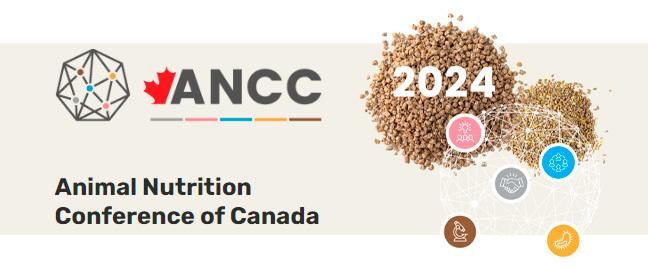



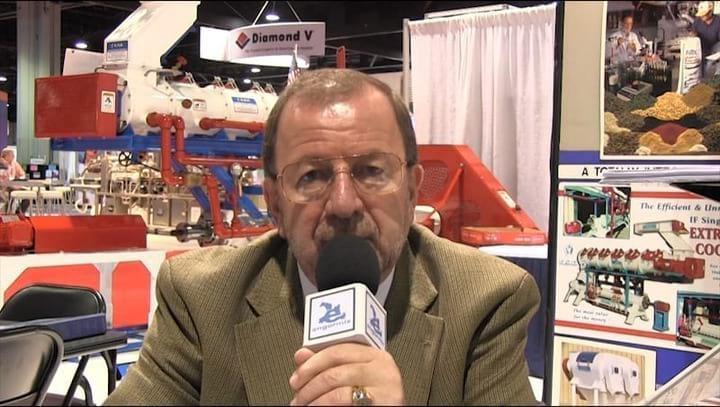










.jpg&w=3840&q=75)


